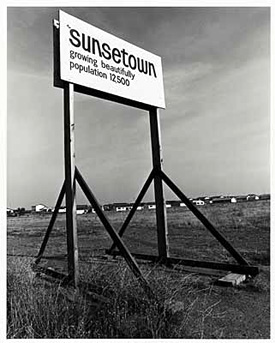10.30.24 — Just to Look
To pick up from last time after the retirement of Roberta Smith and the death of Peter Schjeldahl, “I think if I have any legacy,” Smith said in a kind of exit interview, “it’s teaching people how to look at art.” Now if only The Times agreed.
Even before her departure, it began to cut its art reviews almost to nothing. (While changes at The New Yorker are more modest and far less toxic, it has reduced its capsule reviews across the arts as well.)  It still covers museum exhibitions, if not critically and often belatedly. That leaves a huge, glib monthly compendium of “what to see in the galleries.”
It still covers museum exhibitions, if not critically and often belatedly. That leaves a huge, glib monthly compendium of “what to see in the galleries.”
It has room for anything but teaching. This is not about expanding minds, but planning your weekend, just as the food section tells you what to cook “this minute”—morning, noon and night. It is about letting you know that you are in the know. It is no coincidence that any remaining longer review is now a “critic’s pick,” and the critics write accordingly. They hardly have time for the art of looking, even if they cared to try, and make up for it with superlatives. I hesitate to call it criticism.
I have left out a still more visible change, as reviews give way to feature articles with the emphasis on the artist. They purport to take you behind the scenes, because real people sell papers. They go far to turn the arts pages into a second style section, with role models and rankings, just as opinion articles more and more take on lifestyle changes, and news articles stress the human angle as well, beginning with anecdotes and ending with catchy quotes.
I started this Web site, then the only Web site devoted to contemporary art and art history, nearly thirty years ago to get away from superlatives, with reviews that tell stories about how to look. I was put off by magazines, with their word counts and the need to pitch articles before I could see the show. I hoped to integrate values, theories, and description into something worth reading. (I have explained what I had in mind here and here.) I could not begin to rival those I admire as much as Smith, Schjeldahl, and many others, but I like to think that they would balk at puff pieces, too. Critics have better things to do than huffing and puffing.
Does any of this matter? After all, mainstream media exist to bring news and features to the general public, and there are others worth heeding. Yet art magazines are changing in much the same way, and magazines everywhere are dying, along with alternative weeklies like the Voice (once a home for Schjeldahl and Smith’s husband, Jerry Saltz, as well). Art in America is now hard to tell from ArtNews, which merged with it in 2015, and the latest cover leads with rankings, for “five trailblazing artists.” Artforum is no longer the house organ for Minimalism of its founding in 1962, which is only right. Yet its Web site, too, leads with “news”—and a “spotlight on select summer advertisers.”
Why, though, does it matter except to curmudgeons young and old like me? I shall not repeat my notion of good criticism, but I still believe it, and I still value those, online and off, who get readers looking and thinking—and, sure, than includes our paper of record and my favorite magazine. Galleries, under enormous financial pressure since the pandemic, need lookers and thinkers more than ever as well. But the new model for journalism caters to the art business in a way that shapes art as well. Shallow writing encourages the dominance of shallow artists, and clickbait translates into attention getting. Maybe Smith knew that it was time to retire.
Read more, now in a feature-length article on this site.
